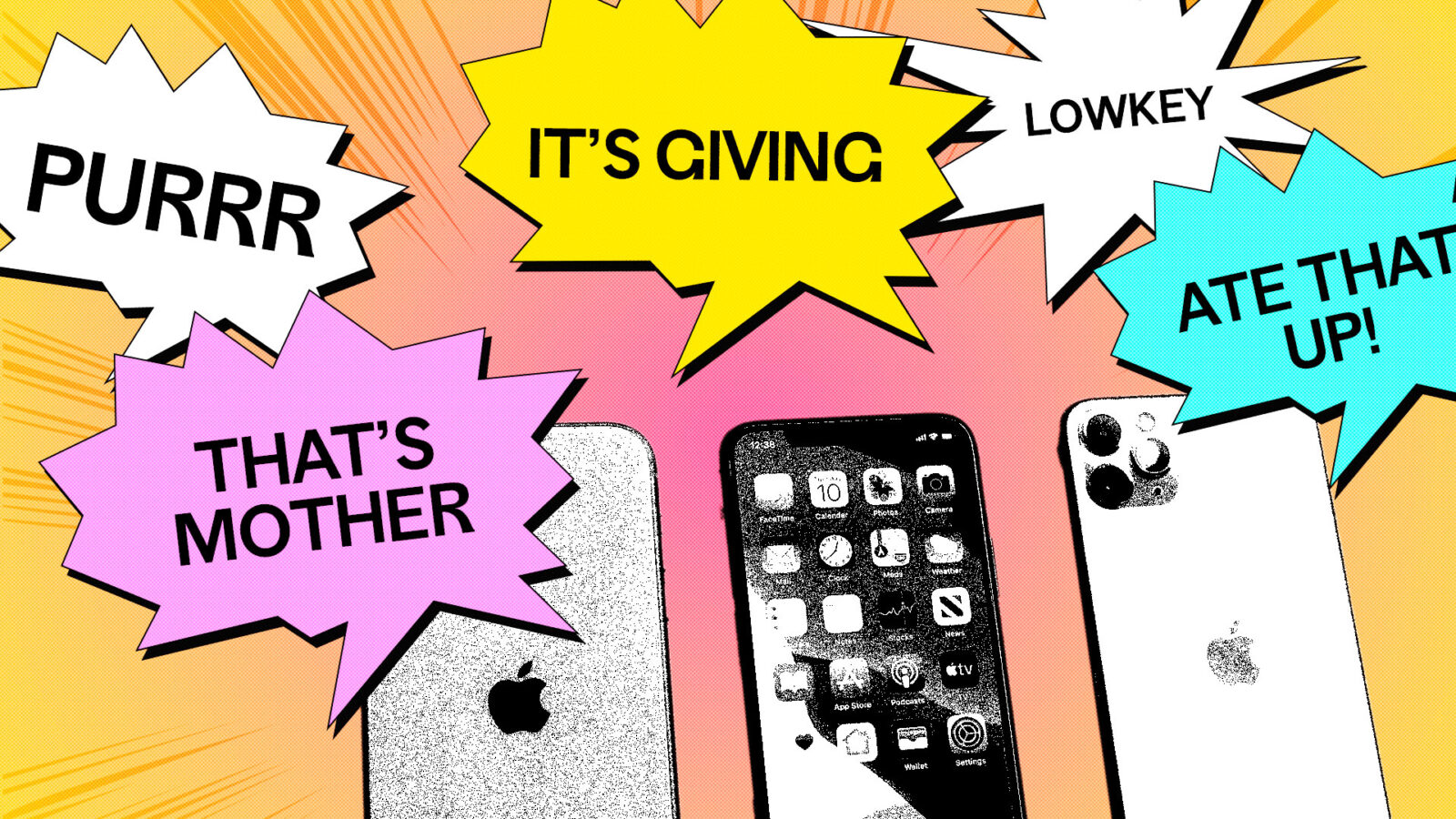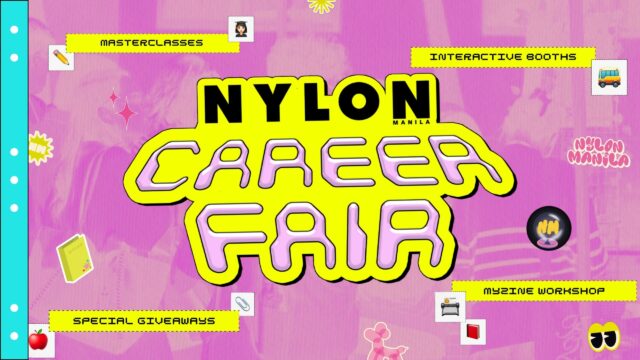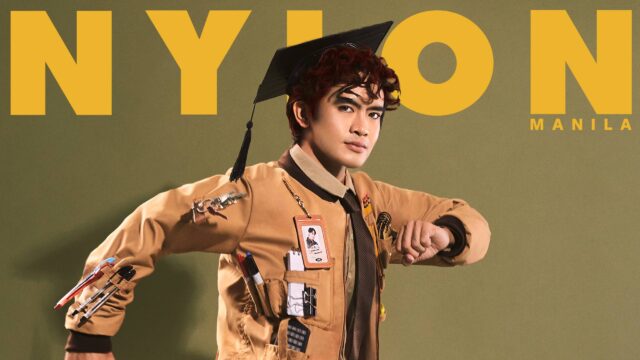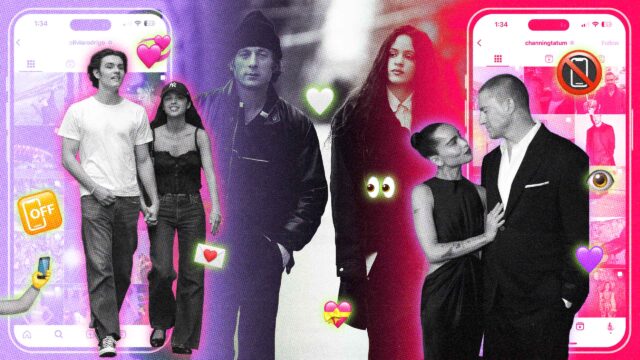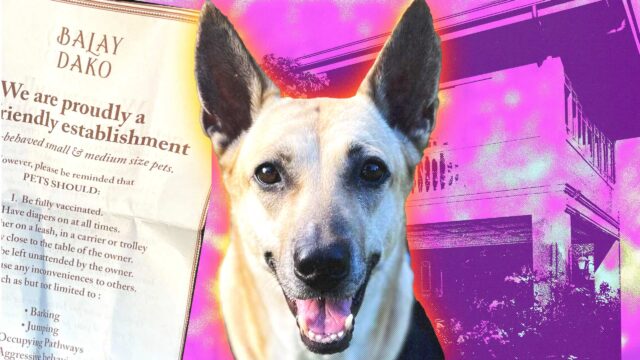A lot of the “Gen Z” terms, slang phrases, and lingo we see and use have roots in minority communities, and these words have meaning beyond their Urban Dictionary definitions.
Related: Spill It: Esnyr Ranollo Knows About How Gen Z Slang Can Change The World
Do you ever wonder where the popular slang you keep hearing everywhere comes from? How is everyone suddenly saying the same phrase? Social media has allowed trendy phrases to circulate fast, far, and wide, adding to our lexicon and changing the way we communicate. But how does “Gen Z slang” come about, exactly?
Calling it “millennial,” “Gen Z,” “Gen Alpha” slang isn’t technically wrong, as those age groups each have their own vernacular, marked by certain slang, but not all of these terms are just random words that gained popularity on TikTok. Most slang originates or gains traction from certain minority communities, particularly queer and Black communities, and are intrinsically connected to their collective and cultural identity.
From lowkey to mother, slay kween to danas, kemerut to keri, Beki language to AAVE, the popular language we use has deeper connotations that must be acknowledged in order to avoid crossing the line into cultural appropriation and willful ignorance of the impact marginalized groups have on culture, language, and society.
ROOT WORDS
No, it’s not just “internet slang” or “Gen Z speak.” A lot of the terminologies, phrases, and lingo that are prevalent and popular online have origins in queer and minority culture.
In the same way, the practice of Filipino “tadbalik” (baliktad) or reversing the letters and syllables of popular words of the last several decades like dabarkads (barkada), werpa (power), and even deins (hindi), has roots in Filipino culture of the 1970s to 1990s.
Tadbalik was also said to be rampant among anti-martial law and anti-Marcos youth during the era, providing them a way to communicate despite state censorship and fear of the consequences from speaking out about the government. Like other slang terms and lingo, such language has influenced songs, modern slang, and many other aspects of life and society.
@kuya_kimatienza 70s language or "tadbalik" has become part of the Pinoy lexicon. So many present words have their roots in 70s Jeprox, Hippy-dom. Enjoy ka lang tol! #learnitontiktokph #LearnOnTikTok #kuyakim #fyp #foryou #kuyakimanona #longervideo #dapatalammo ♬ Magsayawan – VST & Company
As culture and language are inherently interconnected, the words and slang that a certain community uses is also tied to their experiences, struggles, and the oppression they face. Language is an aspect of their cultural identity that now, more often than ever, crosses over into the mainstream, for better or for worse.
Today, much of the slang words and lingo we see and use stem from gay lingo, and on a larger global scale, from the ballroom scene of the 1960’s and 1970’s. From “charot” to “very demure” to “forda” to many, many more, these slang words have been used and popularized by queer creators and the queer community. We as a wider society come to add them to our own lexicon for one reason or another. “Beki talk”, from the Filipino gay community, is an institution in and of itself—how many times have we as Filipinos used the words “besh,” “bongga,” or “chika”?
Media and social media have allowed such slang and lingo to pervade beyond the community that uses and popularizes it, too. Like Jools Lebron with “very demure,” from Forda Ferson to Queen Dura, queer creators, particularly on TikTok, use a word or phrase, and eventually it reaches a wider population. We no longer have to be within the “inner circle,” so to speak, to be exposed to the language.
@filipintabeauty For the last day of Buwan ng Wika (Filipino Language month), we are highlighting the ever-evolving, wonderfully creative Beki Talk, or Filipino gay lingo! Beki talk has become a language on its own and is used in everyday conversation, as it is now deeply ingrained in our culture. Thank you to our friends for taking time to help create this video!! 🥺💜🌈
♬ original sound – Filipinta Beauty
African-American Vernacular English (AAVE) is also another widely-discussed aspect of modern language, and its use by non-Black people is often more criticized for very valid reasons. For instance, “finna,” “chile,” “on fleek,” are all AAVE, originating from and popularized by the African-American community.
Language that an oppressed minority group uses is often used to other and oppress them even further, and a wider, more dominant population using something that a minority group created often leads to such language being appropriated and then misidentified as simply “Gen Z language.” When Black people use this kind of language, they’re deemed inappropriate or improper—in a similar way Gen Z is when they use popular slang terms—but when it’s adopted by the larger population, suddenly it’s okay?
@kahlilgreene Repost if part 5 of my #AAVE series #hiddenhistory #culturalappropriation ♬ original sound – Gen Z Historian
Power is also a factor when the wider audience co-opts this language in order to seem like they’re cooler, more cultured. It can also easily come off as mocking. This kind of language mainstreaming often removes the slang from its context and origins—hence why it’s less than ideal to simply call all such language just “internet slang” or “Gen Z slang” without acknowledging where it comes from. Some “gay lingo” is even taken from AAVE, so slang is really such a linguistic rocky road to traverse and yes, worthy of theses and dissertations.
As for another case, the use of the N-word is deemed offensive because it’s a racial slur that’s tied to the centuries-long and ongoing struggle of Black people and communities—same with the F-slur. But so many people, from Filipinos to East Asians to Asian-Americans, are often called out for saying it so frequently and appropriating a culture that’s not theirs. Reclaiming language like the N-word and the F-slur for the queer community is their prerogative, and invites further discussion, but for the most part, we understand why those words can’t just be thrown around by anybody, anywhere, at any time.
DRAWING WRITING THE LINE
seeing the appropriation of black queer lingo in real time isn’t surprising but so dissapointing
— ✿HE/THEY✿ (@matrizora) November 3, 2021
At the end of the day, it all boils down to consideration and respect. Words have power, as well as a deeper meaning beyond their definitions. No matter how casually they are used, no matter how popular they are, they have weight, history, and context behind them. For the most part, knowing that and knowing when to not cross a line is enough.
Though it’s standard practice for society to adopt new words and phrases—organic language fusion—and there’s really nothing inherently wrong with using words like “very demure” or “eme” or “forda”—people do have a tendency to cross the line into appropriation. For instance, non-Black public figures face backlash from adopting vernacular and speech (the “blaccent”) associated with Black culture, and brands are criticized for co-opting slang from these communities but are known to not support or pay any mind to them otherwise.
calling it “gen z slang” is crazy pic.twitter.com/oF6wB0xQYG
— Hurt CoPain (@SaeedDiCaprio) March 9, 2023
Words often take on a life of their own, and are spread faster than we think. Acknowledging and respecting that some slang and lingo are inherently tied to the community from which they spawned is a way to acknowledge, honor, and respect that community’s existence, history, and struggles.
It is a way to let the world know that these “minority” communities have tremendous impact, and should not be disregarded or marginalized the way they are. How many people using slang and interjections know their origins? And not in a pseudo-intellectual, I’m-better-than-you-for-knowing-this kind of way, but rather in a way that recognizes how minority communities have the power to shape culture in spite of the fact that their power and position in society are often dismissed or even taken away.
But it’s difficult to reach common ground regarding who gets to use certain words. It’s not a one-size-fits-all situation, and people from both the minority communities slang terms come from and outside have varying perspectives regarding this aspect of language. A lot of the time, it does come down to how you use it, why you use it, and what kind of message you are trying to impart.
“The line between organic language fusion and cultural appropriation is thin and barbed with institutionalized oppression,” Eleanor Tremeer writes in Babbel. “…Tread carefully, and when people say you’ve stepped over that line, listen to them—and step back.”
Order your copy of the NYLON Manila Lingo MyZine Issue print pack now featuring our cover star Esnyr and stories and worksheets all about slang and lingo HERE.
Continue Reading: Filipino Indigenous Languages Take Center Stage At These Events
